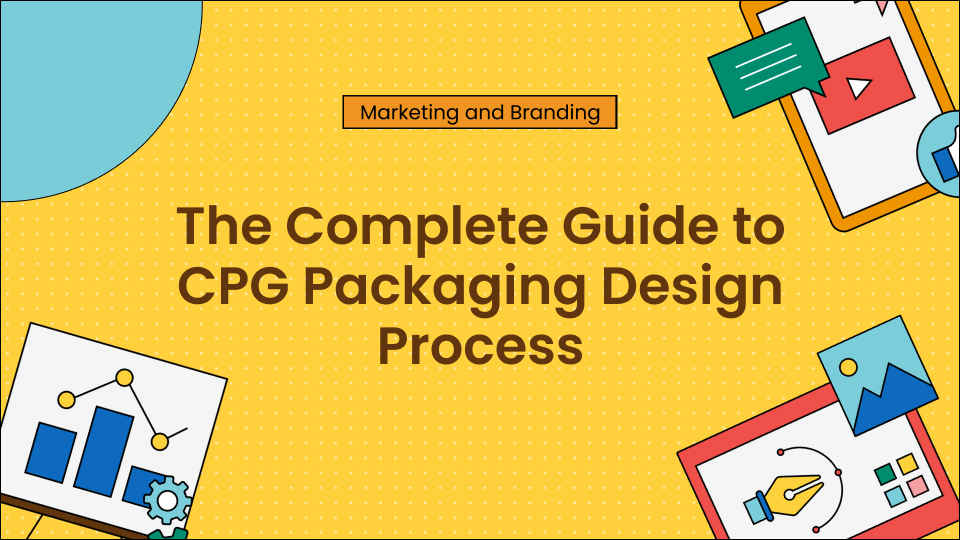‘How do we make sure our products stand out on store shelves?’ Every Brand Manager has asked this question at some point.
The answer is simple: design a packaging that speaks for itself. Hundreds of CPG experts have conducted multiple research and confirmed that strategically designed packaging can build a strong shelf presence and skyrocket sales over time.
Ignore packaging design, and you end up risking your products’ survival in the market. On the contrary, if you leverage the right packaging strategies to develop appealing designs, you can significantly grow your revenue, like Minor Figures Coffee.
This coffee brand changed its packaging and grew by 400% in just three years. Their cool and minimalistic aesthetic designs flew off the shelves and generated £4m in revenue.
So if you’re tired of your potential buyers walking on by your products, follow our step-by-step CPG packaging design process to create packaging that:
- This compels consumers to want to learn more
- Shows your value proposition
- Build a strong shelf presence
In this blog, we’re going to guide you. We will discuss the basic steps for CPG packaging.
Table of Contents
Understand What Will You Achieve Through Our CPG Packaging Design Process
Before jumping into the design process, let’s understand what results you can expect after following our step-by-step design process guide.
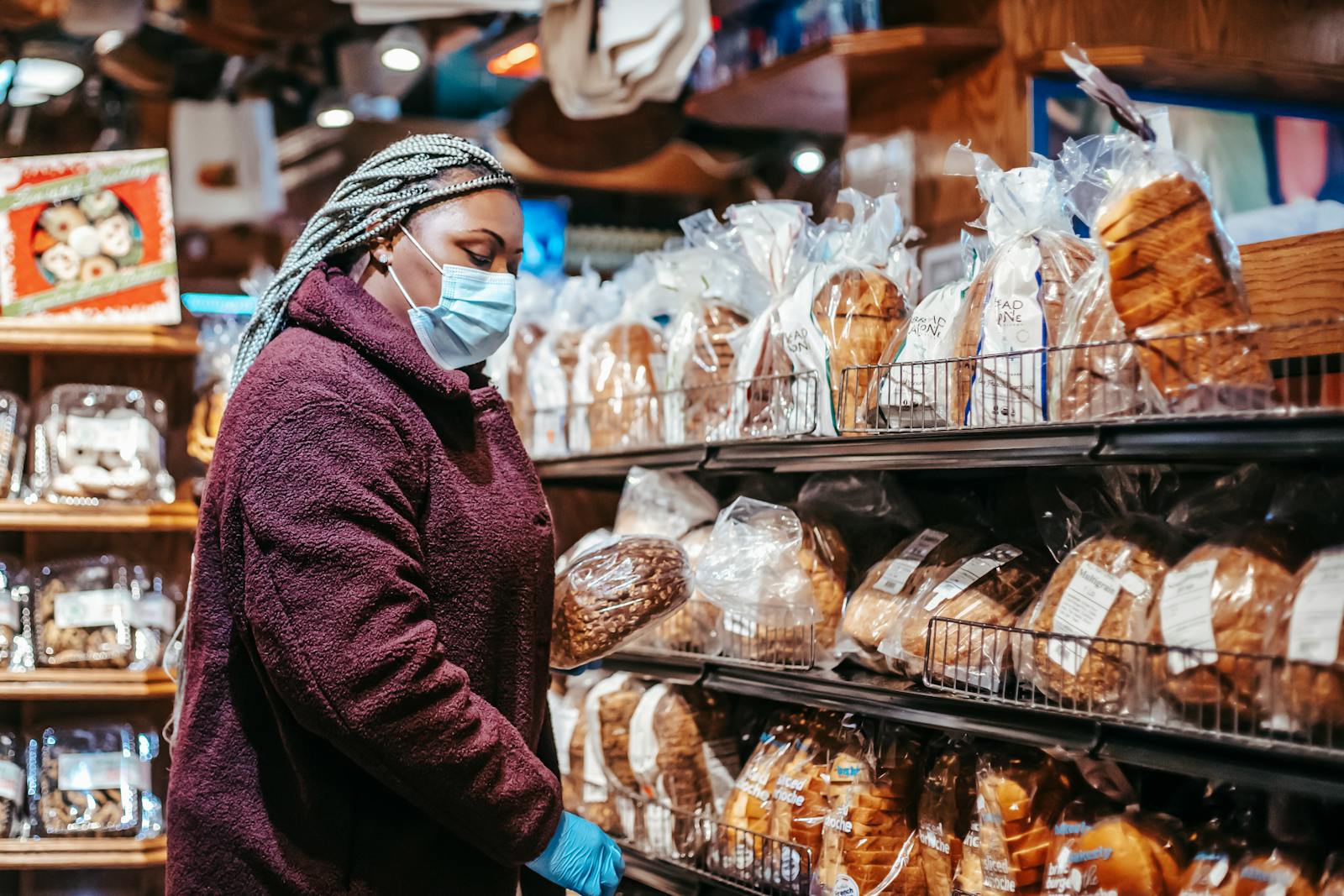
1. Establish brand consistency in the market
If you follow a strategic packaging design process, you can build brand consistency among your consumers over time. This means feeding your brand’s color palette and fonts and appealing to the consumers subconsciously so that when these elements come together, they’ll know the brand.
In short, brand consistency creates. Familiarity leads to increased sales as customers are more likely to choose products from brands they trust and recognize.
2. Grabs attention and makes a great first impression
72% of consumers say that the product packaging influences their purchase decision. This means even if you’re a newbie to the market, you still have a chance to increase sales by improving your product’s packaging appeal and design. Our comprehensive guide to the design process will teach you exactly how!
3. Brings like-minded customers & brands together
Packaging is the most direct way for brands and customers to communicate their shared values and beliefs. If a brand strategically includes design elements in packaging that serve its targeted customers effectively, it can easily attract its target audience.
For example, brands like Beyond Meat and Donane use minimalistic packaging design that appeals to vegan consumers. These brands use trust elements in the design, such as vegan labels, ethical sourcing claims, eco-friendly material, etc., to create a sense of community and trust among vegans.
Their thoughtfully designed packaging not only attracts their target audience but also creates a basis for connection, advocacy, and shared experiences centered around their shared values.
Key Considerations for Designing Consumer Packaged Goods (CPG) Packaging
Here is the lowdown of what you should consider when designing CPG:
- Make sure it reflects the brand’s image and principles. This creates a strong relationship with customers.
- It should be attractive and attractive to the customer. You want it to stand out on the shelf.
- Make sure the packaging is easy to open, easy to use, and convenient to store. Give some functionality a thumbs up.
- Choose products that are kind to the planet by using green packaging. Today, consumers are all about saving Mother Earth.
- Consider shipping and sales. This makes the packaging work in the real world.
Consumer Psychology and Emotional Connection
Creating CPG packaging is not about just adding labels and tag lines to cardboard or paper. It’s more about creating an emotional connection with the consumer by striking powerful visual cues through CPG Packaging.
Have you ever wondered what affects consumer perceptions and buying motivations? It’s the color, font, images, labels, appeal, and, most importantly, the psychology buried in the packaging design.
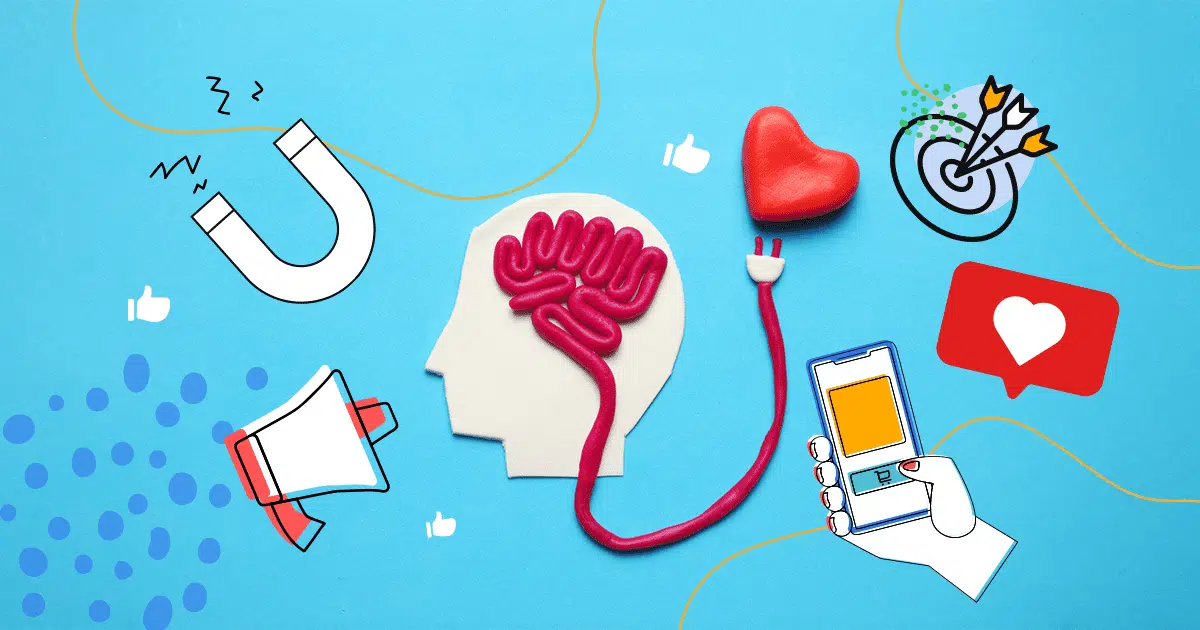
Explore how packaging affects emotions and strengthens customer relationships.
1. Colors and Emotions
Colors have a profound effect on our emotions and can trigger specific behaviors. Designers choose colors to evoke specific consumer emotions. Think of it this way: bright and beautiful shades like red or orange can evoke happiness and energy. Soft colors, like pastels, create a sense of peace and tranquility.
And that’s how the color of your brand will influence the perception of your brand.
For example, vegan brands mostly use earthy tones to evoke a connection to ethical sourcing and natural living to ensure trust among vegans.
Brands like Chanel often associate a black color with conveying a premium feel to the product. According to multiple studies, black color establishes the feel of elegance, luxury, and sophistication among consumers.
2. Typography and Brand Voice
Typography is one of the most important aspects of a brand as it identifies the logo and establishes its unique readability.
In fact, Marianne Rosner Klimchuck, a renowned Professor of Packaging Design, says, “Typography is part of our culture’s visual language.”
Typography is the style, arrangement, and appearance of the letters. According to her, typography is not only a means of presenting written information but also shows cultural values, trends, and aesthetics.
Brands mainly use warm and cold typography styles, depending on the emotional and perceptual needs of a brand.
Warm & Cold Typography Styles:
Warm typography features rounded, flowing letterforms, softer edges, curves, and serifs. It evokes the feelings of friendliness, nostalgia, comfort, and approachability.
While cold typography has sharper edges, with geometric shapes and angular letterforms, this evokes the emotions of sophistication, elegance, formality, and precision.
And that’s how letters speak their emotions in your CPG packaging design. So, define the perceptual quality of your brand and then choose a suitable typography. It will help you communicate what your brand stands for and connect on a deeper level with your ideal audience.
In short, your brand voice will be defined by the style of typography your brand embeds.
3. Visual Storytelling:
Want your customers to identify your product among a thousand other options? Try a visual storytelling approach. This approach leaves your brand perception on your consumer’s mind within seconds.
But remember, for customers to identify your products among others, you need to tell a story that resonates, inspires, and connects the brand to the consumer.
Wondering how you can implement it for your next packaging design? Follow these steps:
- Find out what resonates with your target audience.
- Clarify what you want to communicate through the packaging design; in short, know your brand narrative.
- Identify and arrange visual elements that serve the above two.
- Develop a visual concept that clearly defines your brand message.
- Maintain consistency in visual elements across all packaging designs.
Make sure you choose the right combination of visual elements while developing the concept since there’s no going back once the elements are finalized. So, wisely combine the elements because it is going to shape your brand’s narrative over time.
4. Authenticity and Trust
Customers want real deals and know what goes on behind the scenes. They should be able to trust the product by looking at the packaging. Here’s an authenticity and trust checklist you should follow while creating designs for CPG packaging:
- Use clear packaging materials that showcase the product intuitively.
- Use high-quality images that accurately represent the product or product ingredients.
- Ensure all your products include truthful and transparent messages.
- Avoid layout cluttering and multiple visual elements; instead, focus on simplicity.
- Mention details on the product’s origin, sourcing claims, and production process.
- Add clear labels showing the vegan, vegetarian, or non-vegetarian nature of the product.
- Make sure to check all the boxes based on country-specific CPG packaging guidelines. If you’re a US Food CPG company, you must follow the FDA’s guidelines on food ingredients and packaging.
Packaging that reflects transparency and authenticity creates genuine relationships between the brand and its consumers. This keeps consumers’ trust in the brand and, hence, builds customer loyalty.
5. User Experience and Interaction
Package design can improve the experience and interaction with the product. Innovative packaging, such as ease of opening, surprises, and engagements.
Positive packaging experiences create lasting brand memories, repeat purchases, and referrals.
A Strategic Look CPG Packaging Design Process:
Let’s look at the following 5 simple steps for a successful CPG packaging design.
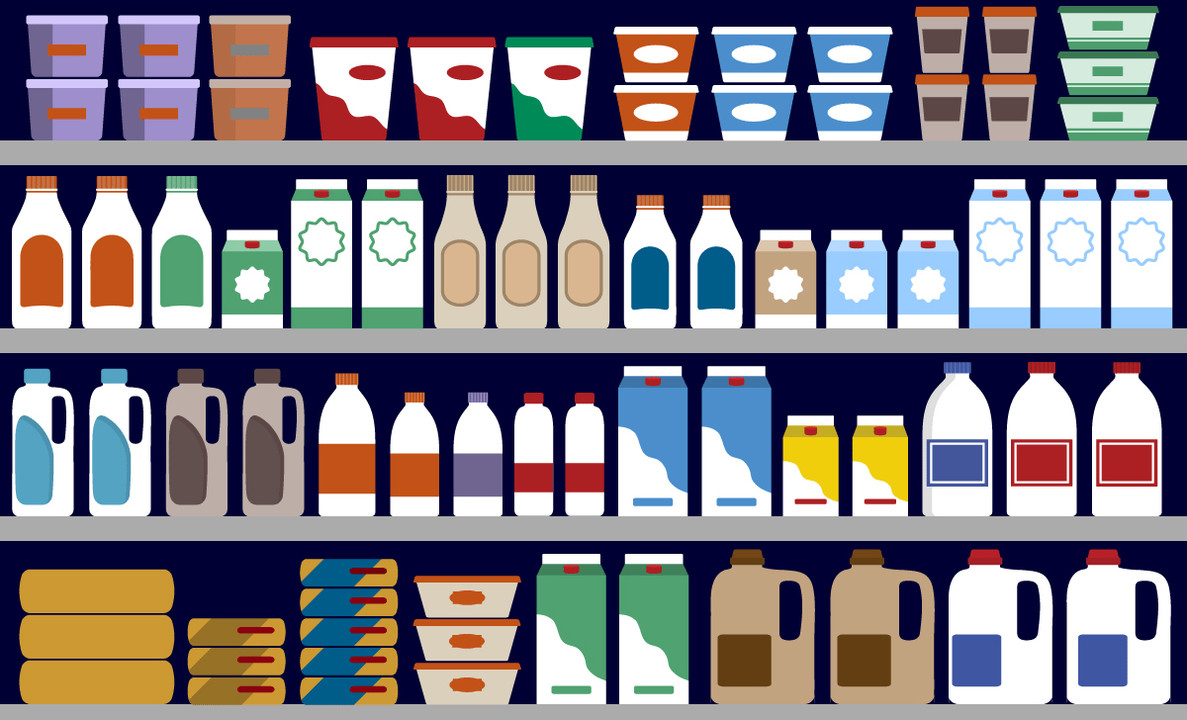
1. Create a Design Brief- set objectives & strategies
A design brief is a document that outlines the core details and objectives of the packaging design. Creating a detailed and easy-to-understand design brief is the foremost step of the entire packaging design process.
It is something that you keep referring to throughout the packaging design creation.
Your design brief should set out the objective and brand narrative clearly so everyone involved in the project knows what they are trying to establish. There’s a lot more to a design brief than just outlining goals and objectives. So here’s the checklist you can refer to while creating a design brief for your next project.
- Write down the project overview
- Mention the goal of packaging.
- Embed brand guidelines & propositions.
- Include brand assets, including logos, color pallets, typography styles & guidelines.
- Provide a detailed breakdown of your target audience & market.
- Provide detailed competitor analysis.
- Define the tone of voice and the message you want to communicate through the packaging design.
- Include necessary legal information, such as compliance, regulatory laws, packaging guidelines, etc.
- Specify the project deliverables.
- Mention the project budget and deadline.
2. Conduct Research
After the design brief, the next important step is conducting research — market, competitor, and target audience research.
This step will help you understand
- what’s already out there
- what works and what doesn’t
- your target audience’s preferences
- competitor products thoroughly to identify their best & worst practices
- trends in your industry
You can conduct the research using surveys, focus groups, and social media analytics. The deeper your research unfolds, the better you understand your customer preferences & sentiment.
This step takes time but is the most valuable one. By researching your target audience, you can learn more about their buying habits. This helps you create designs that really connect with them.
Studies show that energy drink consumers prefer bright, healthy colors. Based on this analysis, choose images that illustrate how the product energizes.
3. Concept Development
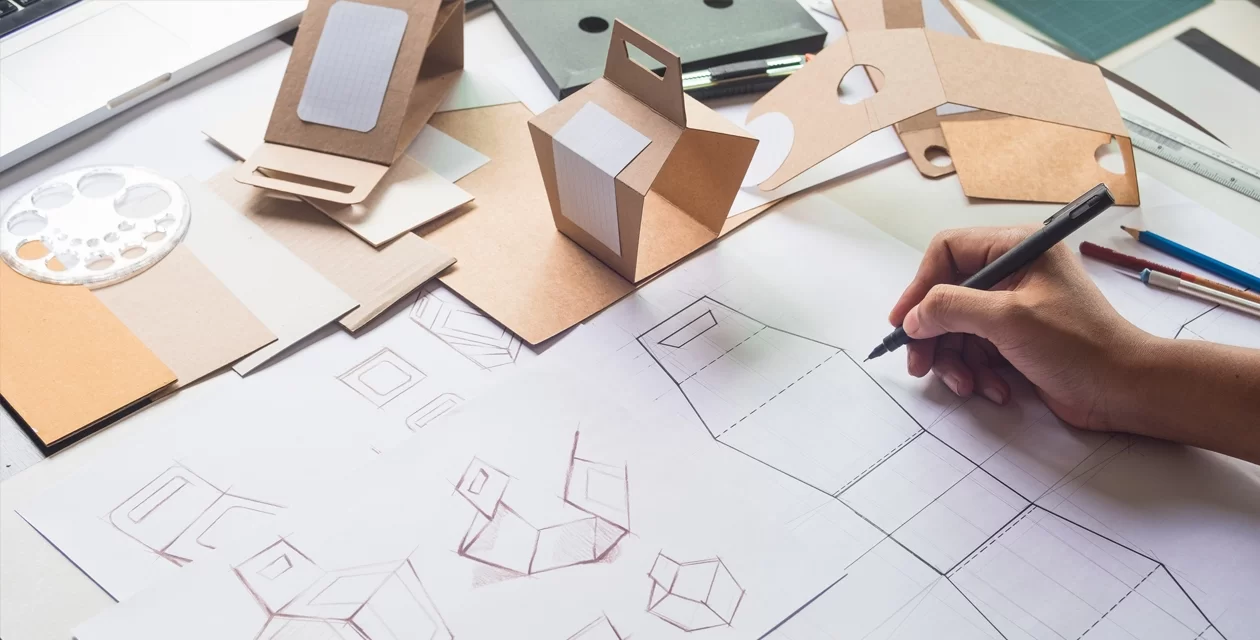
Now, it’s time to be creative.
Concept development has to be done in two steps;
- concept brainstorming and ideation
- polishing and refining concepts
A. Concept Brainstorming and Ideation
Here, you need to generate hundreds of creative ideas and concepts. You don’t have to come up with fully formed or research-backed ideas by any means— this is more like a brain dump.
Write every concept or idea you can think of right now and clear your head. You can later sit with yourself or colleagues to refine the concepts.
But before brainstorming design ideas, follow these steps to train your brain to create the right ideas. Here;
- Look for shapes, textures, graphics, and colors that complement your brand.
- Use a typography style that speaks to your brand’s value.
- Repeat your brand’s story until your brain only thinks of ideas that match your brand’s narrative.
Also, as you sit for brainstorming, remember to refer back to the design brief to keep the project objectives in mind.
B. Polishing and Refining Concepts
Now, it’s time to sit with your roughly collected ideas. Here’s what you need to follow to get the best CPG packaging design concept!
- Translate your initial ideas into rough sketches or visual concepts.
- Experiment with concepts with different layouts and visual elements like logos, graphics, etc.
- Evaluate the sketches and concepts based on alignment with project objectives, brand identity, and consumer preferences.
- Shortlist the strongest concepts to develop them further.
If you follow through these steps, you will end up with a decent amount of packaging ideas for your next product.
4. Design Iterations
Once you have a few solid packaging ideas, it’s time to refine and improve your design ideas . This process will have a lot of back and forth reviews from different stakeholders. So if you want to avoid delays during this stage, we recommend using collaboration tools like GoVisually.

Here’s how GoVisually can make iteration seamless:
- GoVisually offers 5000+ integrations (with Zapier) with popular apps. You can easily integrate GoVisually into your design tool to automate feedback and reviews, saving manual efforts
- It allows you to track changes between two proof versions side-by-side using its ‘Compare Revisions’ feature.
- Using its annotation tools, you highlight feedback directly on your packaging design, resulting in more accurate results.
Collaboration tools like GoVisually have made the design iteration process much easier and faster for brands like 2San, iBrands, and more. So if you’re also struggling from delayed approvals, sign up for GoVisually today.
Deliver accurate & compliant
label artwork with GoVisually
Experience the simplicity of artwork review and approval process
5. Brand Integration
Ensure your packaging design matches your brand’s look and feel. Always display the logo using the same colors, fonts, and placement. This process gives you a professional look for your packaging.
When designing storage packaging, consider using ceramic paint. Include natural images that are consistent with the brand’s values.
6. Material Selection
Choosing packaging requires careful consideration of material, appearance, and functionality. Consider durability, durability, and expansiveness. Work with packaging suppliers to find creative solutions that meet your company’s values.
When designing storage containers, consider biodegradable plastic-like materials. Or, choose recycled paper to align with sustainability goals. It must be sustainable if it aligns with the brand’s concept.
Protega Global reports an 81% increase in consumer demand for sustainable packaging. This is a significant step towards reducing plastic waste from January 2023 onwards.
7. Prototyping and Testing
Create prototypes before finalizing your packaging design. Look at their usefulness, functionality, and beauty, physical or digital. Conduct user testing to get feedback and refine the design.
If developing food packaging, create a prototype to test its ease of use and efficiency. Perform functional testing to gather information about visual aesthetics. Make sure the design matches the brand message.
8. Production and Implementation:
Complete the process with the transition to construction. Coordinate with suppliers and printers so that packaging reproduces images. Watch production to maintain quality standards and meet deadlines.
When designing cosmetic packaging, coordinate with manufacturers. Ensure the products reflect the brand’s high quality and convey visual appeal well.
9. Monitoring and Iteration:
Look at customer billing and sales figures once your product hits the market. Follow industry trends and track the effectiveness of your packaging strategy. Make adjustments as necessary to stay relevant and competitive.
When planning energy packaging, analyze social media comments for improvement areas. Based on the feedback, adjust the design.
Final Words
If you found this blog helpful. You should check out our blog section here to learn all about CPG packaging design. From expert tips and trends of the industry, we have covered it all. Check out free guides and checklists curated by experts.
